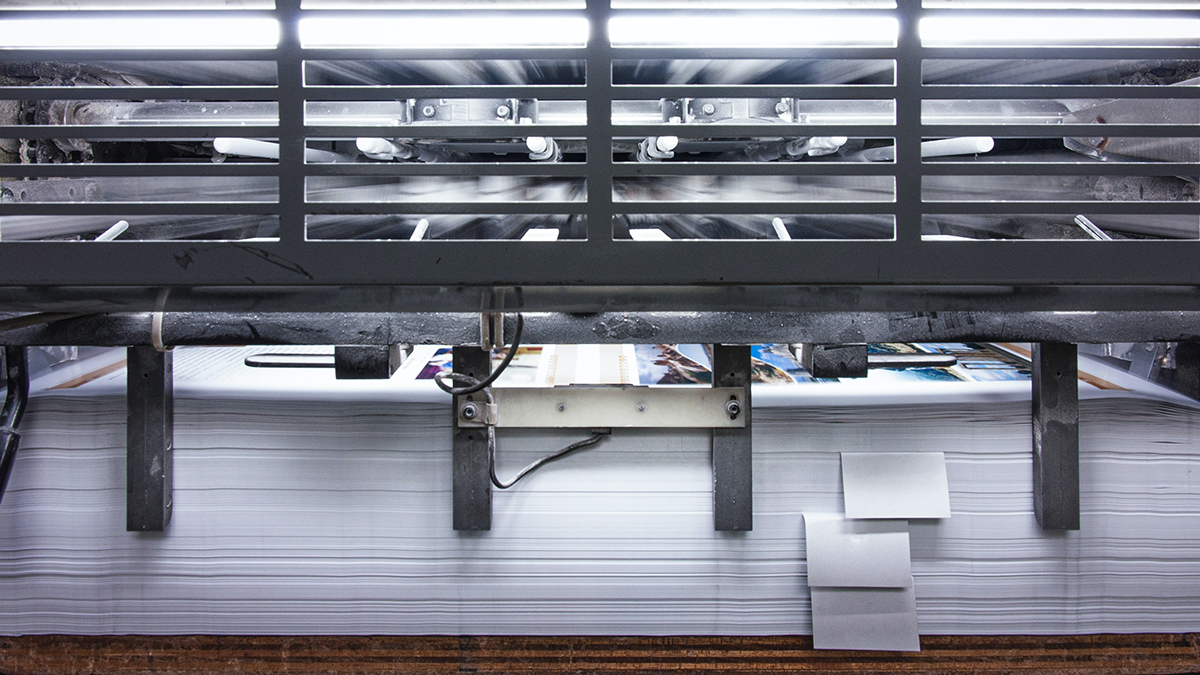Recent Posts
- Home
- Elevate Blog
- Sustainable Packaging Design: Production
Sustainable Packaging Design: Production
Posted on

Designing for Sustainable Packaging Production
We began our Sustainable Packaging Design series with this quote:
“It is estimated that over 80 percent of all product-related environmental impacts are determined during the design phase of a product.”
- The Contribution of Design to Sustainable Development, IISD
Even though the packaging design process happens earlier in the product life cycle, your design decisions will ultimately influence:
1. What materials will be needed
2. What type of machinery will be used
3. How your product and packaging will be stored, transported, and sold.

Minimize Packaging Production Waste
Efficient Use of Materials
Minimizing the number of different materials needed to produce your packaging makes the manufacturing more efficient. It also reduces potential problems with packaging disposal at end-of-life.
Perhaps you’d like to use stand up pouch packaging, and your customers want to be able to see the product inside before they buy. Does your pouch need to be made of kraft paper with a separate clear window glued in? Or can you print over a fully clear pouch leaving a blank area to create the effect of a window? The latter uses fewer materials and would be more efficient to manufacture.
An unusual packaging size or shape may look incredible, but ensure that it doesn’t have an adverse effect on manufacturing efficiency or waste production.

Offcuts and Trim
When cutting rolled dough to make cookies, you want to make the most of the material that you have! The same applies when producing packaging.
When baking cookies, you can re-use the dough by pulling together the scraps and rolling them out again. While you can’t exactly squash together and re-roll your packaging materials, you may be able to make use of offcuts and trim in other ways.
At Elevate we track our raw materials and production waste closely. This enables us to use our materials as efficiently as possible!
For the first production of a white 1oz stand up pouch introduced last year, we were able to take advantage of a narrow offcut of our white material from a different production run. We also had an existing production schedule for a different material in the same size (kraft 1oz stand up pouch). Adding a different material to the same production run takes less time, lowers costs, and requires minimal set-up compared to manufacturing separately.
The type of material chosen for your packaging will inform what you can do with any unusable manufacturing scraps, offcuts, and trim. Because our materials are compostable, we send any unusable material or trim to our composting partners!
Assembly, Filling, and Transportation
After your packaging is manufactured it still needs to be filled and transported. Depending on your design, it may also need to be assembled. Your packaging design should take into account how it will be used at every stage of the life-cycle.
"Sustainable manufacturing is the creation of manufactured products through economically-sound processes that minimize negative environmental impacts while conserving energy and natural resources."
- Sustainable Manufacturing, EPA

There is usually additional packaging needed to safely transport your product. The shape, size, and flexibility of your packaging will determine how efficiently it can be transported, both empty and after filling. Flexible packaging such as bags and pouches are significantly more efficient to store than rigid bottles!
Sustainable packaging production aims to be as efficient as possible, while also using fewer resources and minimizing waste. Optimizing your packaging design ensures that it can be manufactured, filled, transported, sold, used, and disposed of as sustainably as possible!
Ready to start your sustainable packaging journey?
Connect with one of our packaging experts
Contact Us
 Loading... Please wait...
Loading... Please wait...



